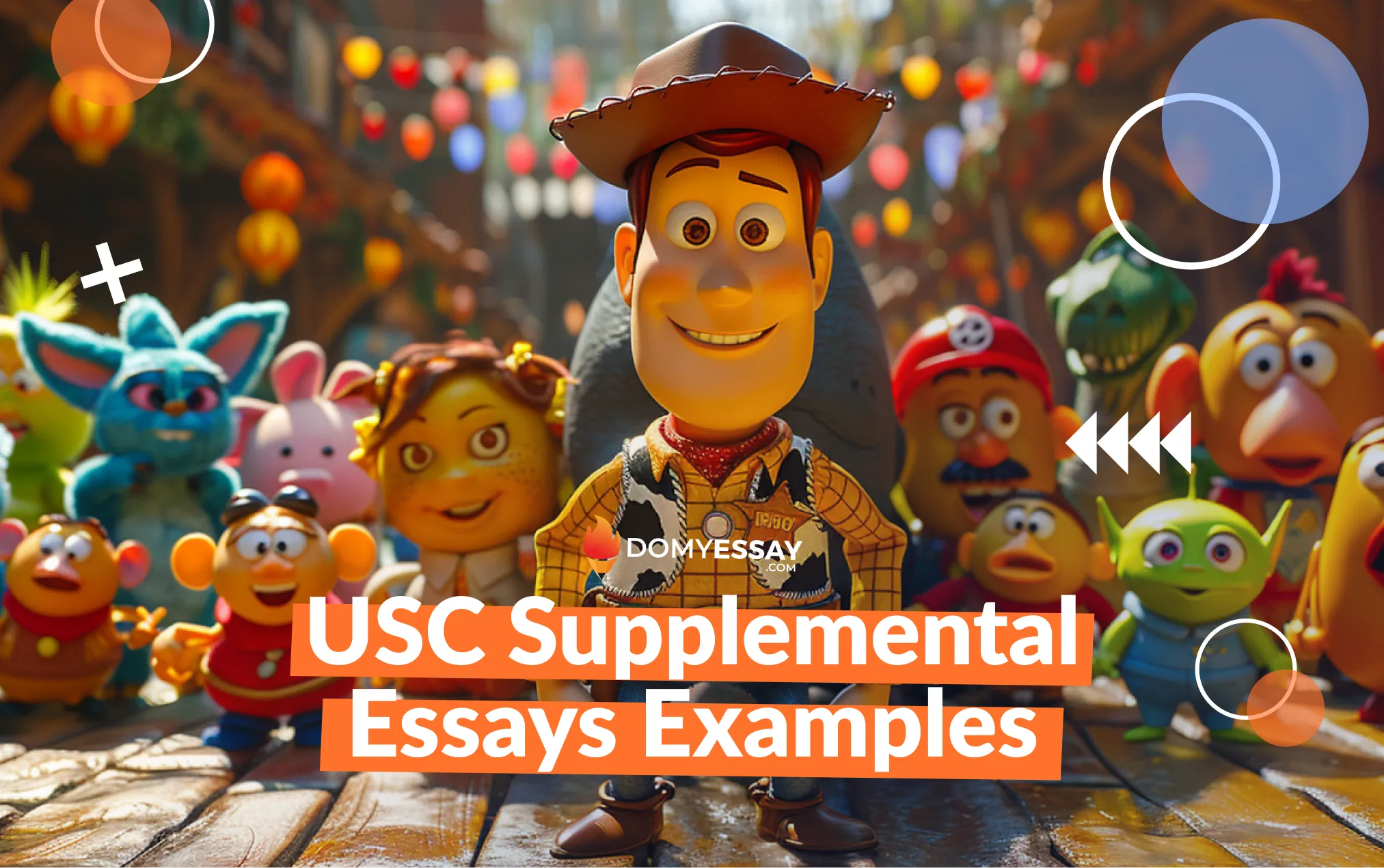We all know being a student means tackling a bunch of academic tasks, and yes, that includes some heavy-duty stuff like research papers. But here's the inside scoop: the key to completing these assignments often lies in the magic of first impressions. And guess what? The secret weapon in your arsenal is none other than the introduction, especially its hook.
That's why mastering the skill of creating a captivating hook is key. So, stick with us, and we'll spill the beans on how you can nail it by offering some practical examples, hook research paper tips, and more.
Defining Hook and Its Importance
In writing, a hook is the opening of your paper – the initial sentences designed to capture your reader's attention and encourage them to keep reading. It serves as the starting point that sparks interest, urging your audience to delve further into your writing.
So, why should you pay attention to writing a hook? Well, it's the difference between making your writing engaging and memorable or letting it fade into the background. A well-crafted hook sets the tone for your entire paper, making readers interested in what comes next.
In the academic world, particularly when dealing with research papers and various assignments, your hook acts as an introduction to your topic, aiming to convince your readers that your paper is worth their time and consideration. It's the first impression that can influence their decision to continue reading or not.
Various Types of Hooks for Research Papers
.webp)
Now that we've got a handle on what a hook is and why it's important, let's explore the diverse landscape of good hooks for research papers.
Consider it as the bait on your writing fishing rod. You want it to be enticing enough to lure in your readers, making them curious about what you have to say. In the realm of research papers, where facts and findings often dominate, a well-crafted hook for a paper is your secret weapon to stand out from the academic crowd.
Different types of hooks serve different purposes. Some are meant to surprise, others to inform, and some even to entertain. Choosing the right hook depends on your writing goals, your audience, and the tone you want to set for your paper.
Unexpected Revelation
This type of hook introduces your research topic with a piece of information that is unexpected, intriguing, or even counterintuitive. It's the equivalent of pulling a rabbit out of a hat – it makes your reader sit up and take notice.
For instance, if your research paper is on the environmental impact of everyday activities, you could kick things off with a jaw-dropping statistic like, 'Did you know that a single plastic bottle takes 450 years to decompose?' This unexpected fact not only grabs attention but sets the stage for a discussion on the importance of sustainable practices.
This type of hook in your paper is a fantastic way to break through the monotony and make your readers eager to explore the insights you have to offer. It adds a dash of intrigue to your introduction, making your research paper not only informative but also captivating from the very start.
Why Stress about Your Research Paper When We've Got It Covered?
Kick back, relax, and secure that A+ without breaking a sweat.

Thoughtful Quote
This hook involves kicking off your paper introduction with a relevant and thought-provoking quote. It could be from a renowned figure in your field, a historical figure, or even a character from literature. The goal is to set the tone for your research paper and provide a hint of the insights to come.
For instance, if your qualitative research paper delves into the importance of innovation, you might start with a quote from Steve Jobs: 'Innovation distinguishes between a leader and a follower.' This not only adds an authoritative voice to your introduction but also invites readers to ponder the significance of innovation in leadership. Using quotations is a classy way to infuse your paper with external perspectives, lending credibility and depth to your writing.
Intriguing Data
Next up is the hook type that thrives on numbers and data. Think of it as the numerical powerhouse that injects your research paper with a dose of compelling facts.
This hook for research paper involves opening your introduction with a surprising or impactful statistic that relates to your research topic. It's a straightforward approach that appeals to the logical side of your readers, providing them with concrete data to chew on.
For example, if your research paper revolves around the effects of social media on mental health, you might kick things off with a striking statistic like, 'Studies show that individuals who spend more than two hours a day on social media are 30% more likely to experience symptoms of anxiety.'
Using an intriguing statistic not only grabs attention but immediately grounds your research in factual evidence. It sets the stage for a data-driven exploration, making your readers curious to understand the implications behind the numbers.
Stimulating Inquiry
Now, let's turn our attention to the stimulating question hook – a dynamic approach that engages your readers by prompting them to think and reflect.
This type of hook involves posing a question that doesn't necessarily demand a direct answer but invites your audience to ponder the paper topic. It's like throwing a verbal gauntlet, challenging your readers' perspectives, and drawing them into the heart of your research.
For instance, if your research paper explores the impact of technology on human relationships, you could start with a thought-provoking question like, 'In a world where we're more connected than ever, are our relationships growing stronger or more distant?'
By presenting a question that taps into the core of your research, you create a sense of curiosity and involvement. Readers are compelled to continue reading, eager to discover how your paper will address or unravel the complexities hinted at by the question.
Bold Assertion
This hook involves opening your paper with a powerful statement related to your research topic. It is particularly effective when you want to make a bold introduction that leaves a lasting impression. Using a bold assertion is a direct approach that aims to capture your reader's interest and make them eager to explore the arguments and evidence you present.
For example, if your research paper focuses on climate change, you might start with a compelling statement like, 'The relentless rise in global temperatures is no longer a distant threat but a present reality, demanding urgent attention and action.'
The bold statement works by asserting a strong position or introducing a compelling fact right from the start. It establishes the significance of your research and signals to your readers that your paper will delve into a topic of consequence.
No More Late-Night Paper Struggles!
Let our experts craft your winning research masterpiece so you can focus on what truly matters – your success!

How to Write a Hook for a Research Paper?
Now that you understand the crucial role of a robust hook, let's explore the practical side of how to write a good hook for a research paper. Here's a step-by-step guide to get you started:
- Make your language vivid and evocative. Paint a mental picture or evoke emotions with your words. This adds richness to your hook and draws readers into your paper on a deeper level.
- Surprise your readers with the unexpected. Whether it's a surprising fact, a counterintuitive statement, or an unusual statistic, catching your audience off guard can be a powerful hooking technique.
- Frame your hook by presenting a problem or challenge relevant to your research. This creates a sense of intrigue, prompting readers to continue to discover how your paper addresses or resolves the issue.
- Make your opening relatable by connecting it to real-world issues or current events. Demonstrating the relevance of your paper from the outset helps readers see the immediate significance of your work.
- Add some humor, as it can be an effective tool if it aligns with the tone of your research paper. A well-placed joke or a clever play on words can lighten the mood and make your introduction memorable. And if you're looking for ways to write a research paper fast, using humor is a great way to make the process more enjoyable and easy.
- Tease your readers with a hint of what's to come. This could be a glimpse of a surprising finding, a tantalizing question, or a promise of an unconventional perspective. Leave them wanting more.
- Be mindful of the overall tone of your research paper. While you want to grab attention, ensure that your hook aligns with the seriousness or lightness appropriate for your academic writing.
- Let your unique writing style shine through. If you're naturally witty, incorporate humor in your paper. If you prefer a more serious tone, stick with that. Consistency in style helps build a connection with your readers.
- Ensure that your hook seamlessly transitions into the next section of your paper. A smooth flow between the hook and the thesis statement sets the stage for a coherent and engaging read.
.webp)
Now that we've shared some helpful tips, you might want to use our expertise further. In this case, feel free to ask us, - write research paper for me. Remember, we're always here to lend a hand!

.webp)


